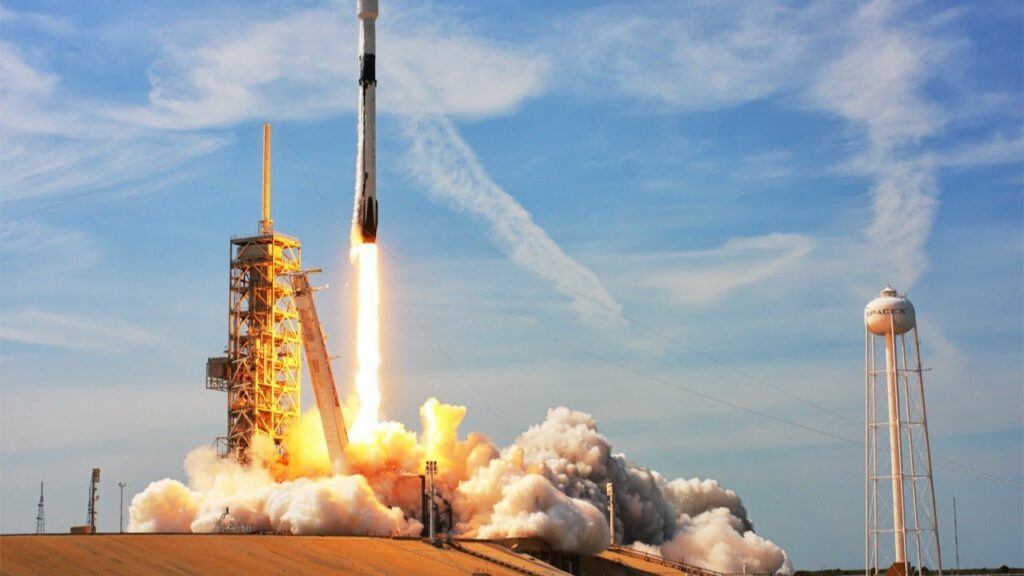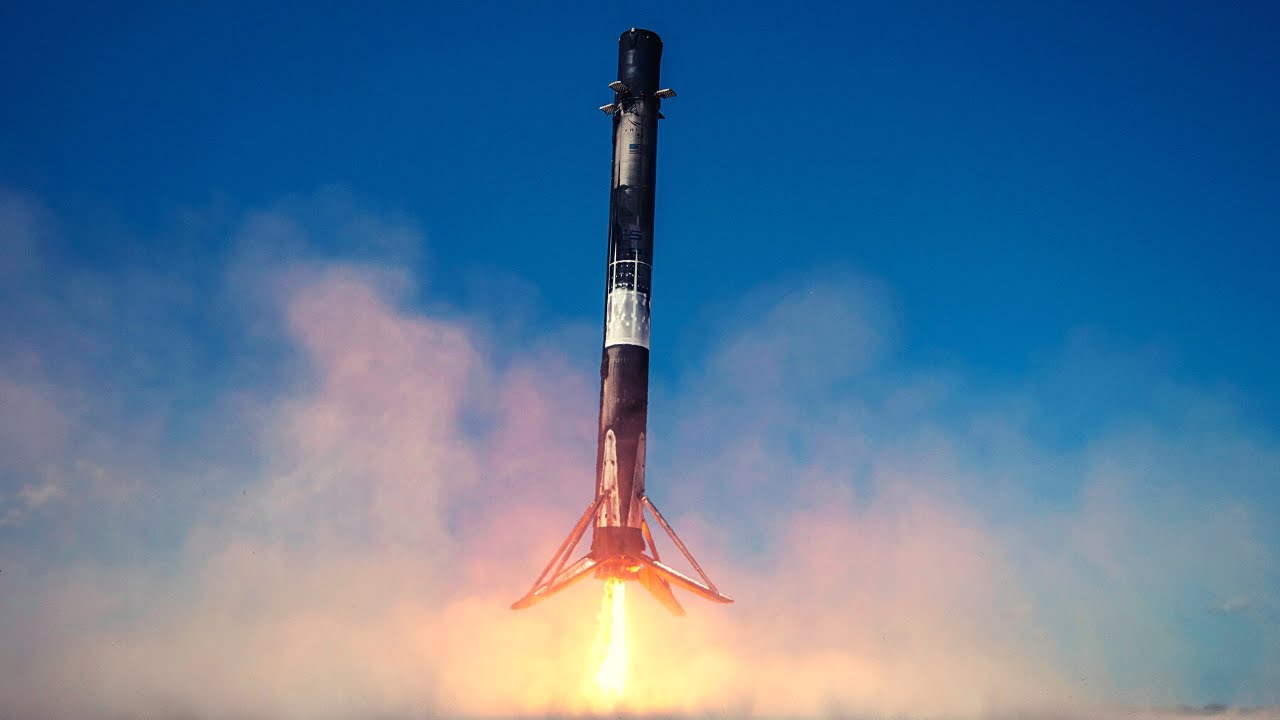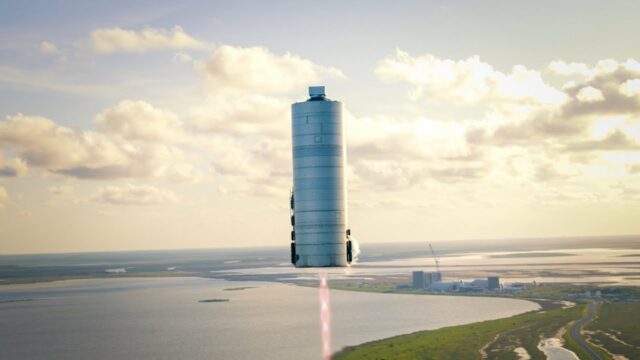SpaceX Falcon 9 rocket malfunctioned during its second stage in space. Unusual ice accumulation was observed on the rocket during the live broadcast. After the broadcast ended, the company confirmed that the rocket did not fulfill its mission profile.
Following the SpaceX Falcon 9 malfunction, Starlink satellites failed to reach orbit.
SpaceX CEO Elon Musk stated that the engine experienced an RUD (Rapid Unscheduled Disassembly) in orbit. SpaceX emphasized that it was unlikely for the spacecraft to reach their intended orbits despite efforts to bring the Starlink satellites into line with the mission profile.

Falcon 9 launched late last night Eastern time from Vandenberg Base in California with 20 Starlink satellites. SpaceX continues these efforts to expand the Starlink network and improve coverage, collaborating with telecommunications carriers to enable direct communication with satellites via users’ phones.
The launch was conducted as a standard test. Falcon 9 took off and completed SpaceX’s 70th launch in 2024 with an unmanned aerial vehicle ship. However, during the second half of the mission, tests did not proceed as desired.
During the test, SpaceX had to fire the Merlin vacuum engine several times to raise altitude. Unusual ice accumulation was observed on the rocket during the second stage approximately eight minutes after liftoff following ignition.
Approximately two hours after the live broadcast ended, Elon Musk of SpaceX shared that the second stage experienced an RUD during the mission. Musk mentioned that the Starlink satellites were deployed but their altitude might be too low for a successful mission. Following the issue, SpaceX placed the Starlink satellites into a lower altitude than originally intended.
Musk stated that SpaceX is reviewing the data and expects to learn more details in the coming hours. About an hour later, Elon Musk confirmed that SpaceX’s second stage engine did not complete its second burn, resulting in Starlink satellites being placed into a lower orbit than planned. After the test, SpaceX announced that it had communicated with five satellites so far and was attempting to raise them into orbit using ion thrusters.














